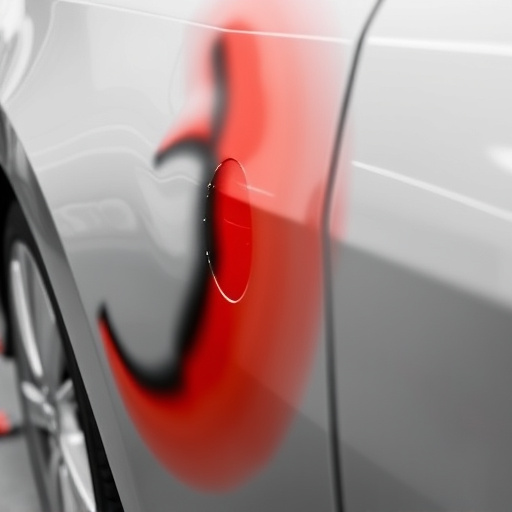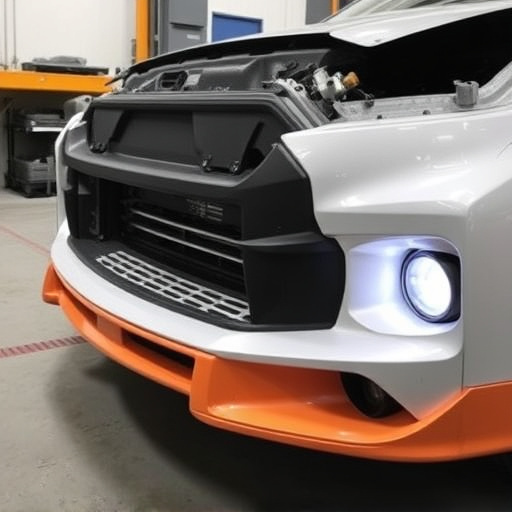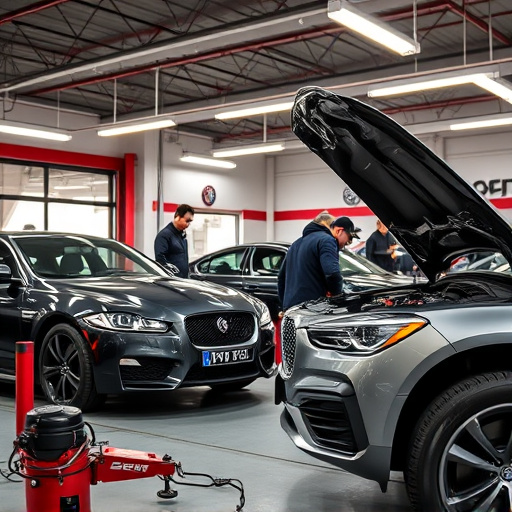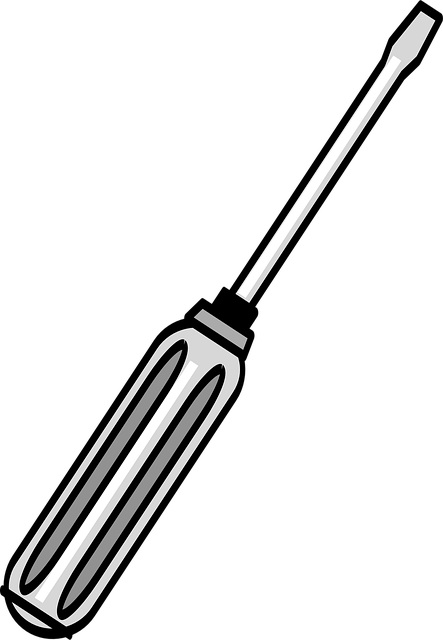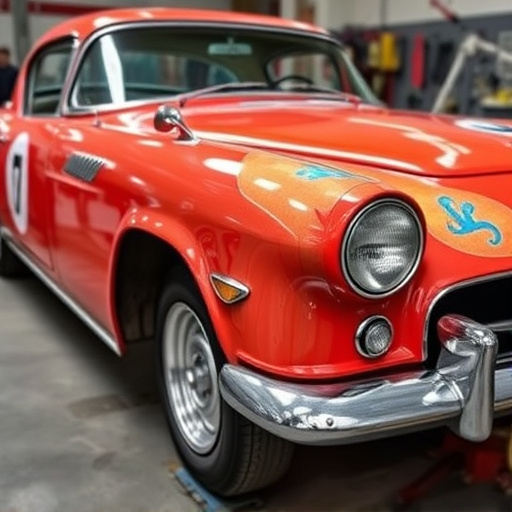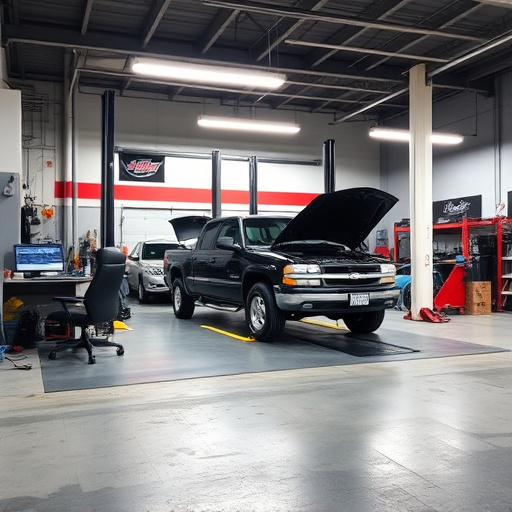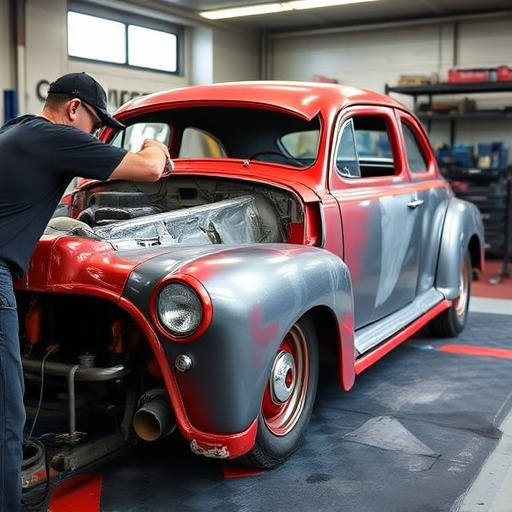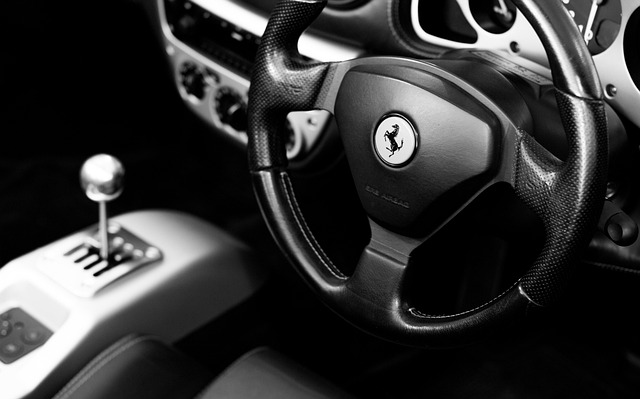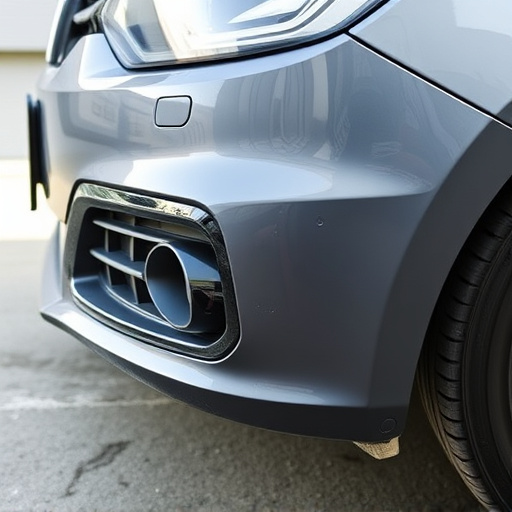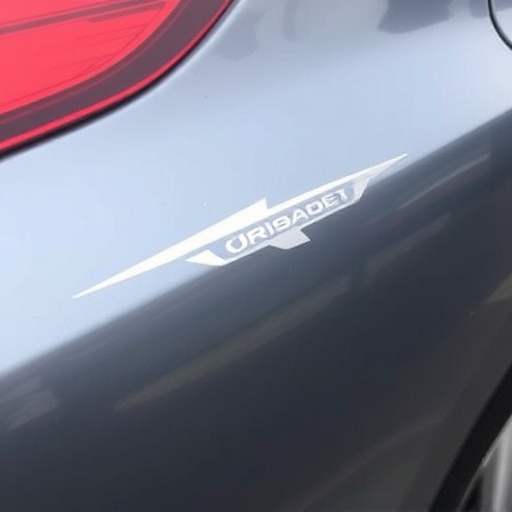PDR is ideal for minor dents but has limitations in severe cases like deep dents, metal bending, rust, or complex geometry. These scenarios often require panel replacement or traditional repainting methods to achieve a high-quality finish. Consulting professionals ensures the best restoration method is chosen based on damage and desired outcome.
“While Paintless Dent Repair (PDR) offers a non-invasive solution for minor dents and scratches, it’s not a universal fix-all. This method has limitations that can leave severe cases unrepaired or require additional techniques. In this article, we explore PDR’s unaddressed issues in extreme scenarios, when paint damage surpasses its capabilities, and complex geometric shapes present challenges. Understanding these limitations ensures optimal vehicle restoration decisions.”
- PDR's Unaddressed Limitations in Extreme Cases
- When Paint Damage Exceeds PDR Capabilities
- Complex Geometry: When PDR Is Not Suitable
PDR's Unaddressed Limitations in Extreme Cases
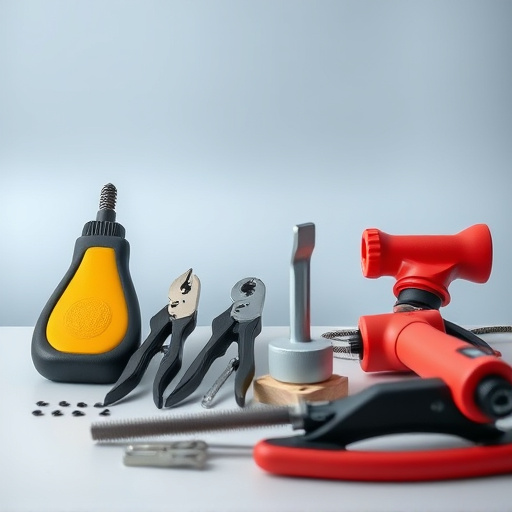
While PDR (paintless dent repair) is a revolutionary and non-invasive method for fixing dents and dings on vehicles, it’s crucial to recognize its limitations, especially in extreme cases. Unlike traditional automotive body shop repairs that might involve painting and extensive panel replacement, PDR focuses on restoring the car’s original appearance without damaging the paint or requiring lengthy drying times. However, when damage extends beyond what can be addressed by simply pressing out dents—such as severe deep dents, metal bending, or rust—PDR may not be the most effective solution.
In such cases, vehicle repair services that involve more comprehensive car restoration techniques might be necessary. These methods, while potentially more destructive and time-consuming, are designed to handle complex issues that PDR cannot address. For example, severe dents might require cutting away damaged panels for replacement, which can lead to longer downtime and higher costs compared to PDR. When considering automotive body shop options, understanding these limitations helps vehicle owners make informed decisions based on the extent of damage and desired outcomes.
When Paint Damage Exceeds PDR Capabilities

While PDR is a highly effective method for repairing minor dents and dings, it’s not a solution for every type of paint damage. When paint damage extends beyond what PDR can handle, it’s crucial to recognize the limitations of this technique. Deep or complex dents, especially those that involve the car’s panel or door, may require more invasive repair methods, such as traditional painting or even full body restoration.
In cases where a dent has caused significant surface damage, or if there are underlying structural issues, PDR might not be the best choice. Moreover, severe paint scratches, rust spots, or extensive hail damage typically necessitate specialized services beyond the scope of PDR, including auto glass replacement for cracks and punctures. For luxury vehicle repair, where precision and original finish quality are paramount, it’s essential to consult with professionals who can accurately assess the extent of damage and recommend appropriate restoration techniques.
Complex Geometry: When PDR Is Not Suitable
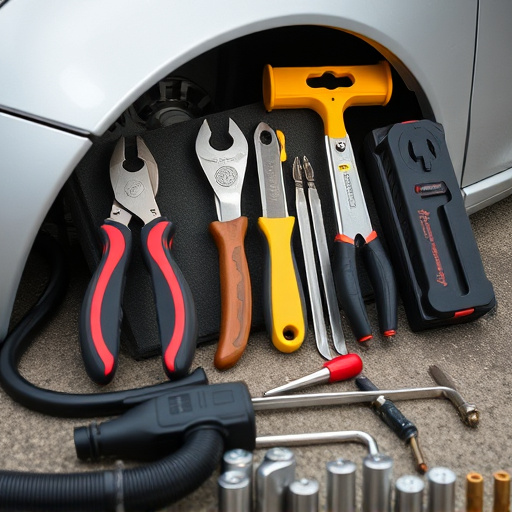
While PDR (paintless dent repair) is an innovative and effective method for fixing minor dents and dings on vehicles, it’s not suitable for every situation. One significant limitation arises with complex geometry. Curved panels, intricate designs, or areas with limited access can pose challenges for technicians performing PDR. In such cases, the precision required to avoid damaging the surrounding paintwork becomes exceedingly difficult, if not impossible, to achieve accurately.
For example, a luxury vehicle repair like that of a Mercedes-Benz may feature intricate body lines and contoured panels that are challenging to access without causing additional damage or leaving visible repairs. In these scenarios, traditional methods such as spot painting or complete repainting might be more appropriate for achieving a factory-like finish on the vehicle’s paintwork.
While Paintless Dent Repair (PDR) offers a non-invasive solution for minor dents and scratches, it’s not without limitations. In extreme cases, such as deep or widely spread damage, PDR may not be effective. Similarly, complex vehicle geometry can make it unsuitable for certain areas of repair. When paint damage extends beyond PDR capabilities or involves intricate shapes, traditional dent repair methods might be a better fit to ensure lasting and visually seamless results. Understanding these limitations helps automotive professionals choose the most appropriate restoration technique for each unique situation.
